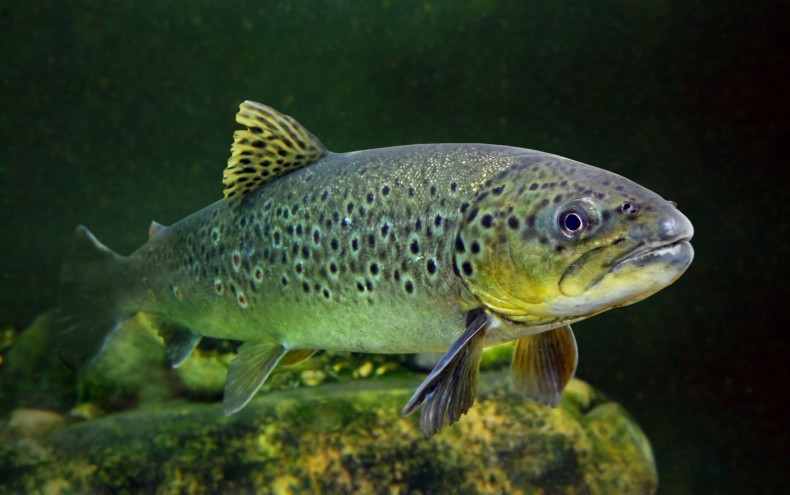 The teetering, hundred-year-old collection of wooden buildings that form my father’s fishing club in backwoods Quebec is arranged in a row like a Wild West town, where mosquitoes are the hostile locals. To reach his favourite fishing spots, Dad sometimes has to stop his motorized quad in front of downed trees and change into Kevlar trousers to chainsaw his way through.
The teetering, hundred-year-old collection of wooden buildings that form my father’s fishing club in backwoods Quebec is arranged in a row like a Wild West town, where mosquitoes are the hostile locals. To reach his favourite fishing spots, Dad sometimes has to stop his motorized quad in front of downed trees and change into Kevlar trousers to chainsaw his way through.
Nearby lakes without large fish are often stocked with trout for sport – a practice which, after careful study, Dad has adopted on behalf of the club. When I visited a couple of weeks ago – for my son’s fishing initiation – he described his stocking process. He gets to the lake with the juveniles from the hatchery and looks for a spot near the shore where schools of minnows congregate. Then he puts his little bitty lake trout, or what have you, into the water next to the tiny adult fish.
It appears to him that the newcomers immediately join the other fish in their schooling. They might even, he mused, pick up a few survival behaviours from the veteran lake-dwellers, before outpacing them in size (and perhaps ungratefully starting to eat them).
Minnows taking little lake trout under their wings?
It sounded like one of those “Mother Dog Adopts Lion Cubs” stories, and it made me realize I don’t understand how schooling works. Do fish of the same species not flock together exclusively? How do they find each other anyway in order to form a school – do they use some sort of elaborate chemical signaling system?
As for the business of the trout’s picking up survival behaviours from the minnows, as soon as I rephrased this idea as “interspecies piscine social learning,” I became a little suspicious.
Fish biologist Paul Vecsei (who also does a jaw-dropping line in fish photography and illustration) cautions, “It’s easy to over-analyze things concerning fish. Small fish may often join groups of other small fish.” He tells of a creek near our town, where schools of tiny fish “actually consist of several species such as juvenile perch, adult and juvenile spot-tail shiners and adult and juvenile emerald shiners.”
As for the transmission of traditional knowledge from fish to foreign fish, “No real learning,” says Vecsei. “Just instinct that tells them, to be alone means to be targeted.” Little do they know, in fish club territory, there will always be a hook with their name on it.
Image: Shutterstock